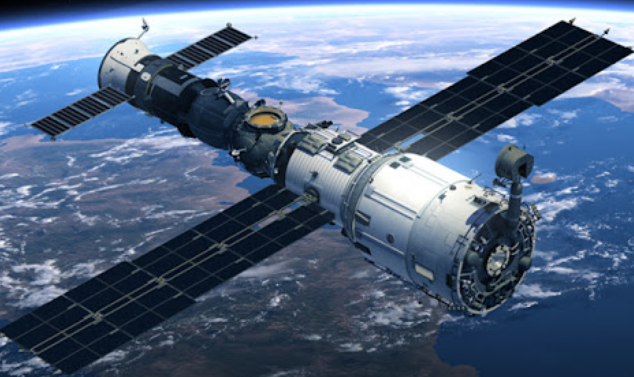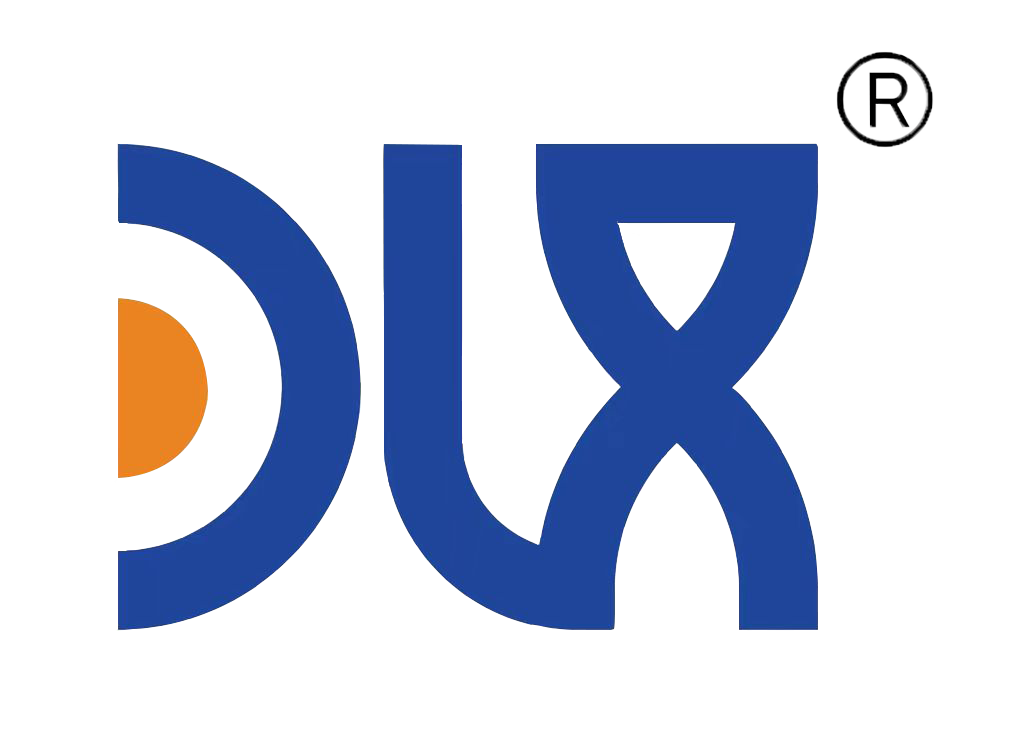We’re a top-tier manufacturer of high-temperature resistance wire, powering the aerospace industry with cutting-edge thermal control solutions. From satellites to aircraft, our wires keep critical systems running smoothly in extreme conditions. Let’s break down our products, dive into industry trends, explore key applications, and compare ourselves to a competitor like Sandvik, all while showing how our wires boost aerospace performance.

Our Resistance Wire: Built for the Skies and Beyond
Our high-temperature resistance wires, crafted from premium alloys like Nichrome, FeCrAl (Kanthal), and tungsten, are engineered for the toughest aerospace challenges. Nichrome is our go-to for its high resistivity and ability to withstand 1,400°C, perfect for satellite thermal management and cabin heating. FeCrAl offers cost-effective durability for de-icing systems, while tungsten shines in extreme high-temperature applications like propulsion systems. Available in various forms—round, flat, or custom—we tailor our wires to fit precise aerospace needs.
What makes us stand out? Precision manufacturing ensures consistent heat output and energy efficiency, critical for aerospace systems where every watt counts. Our wires are coated with advanced insulators like ceramic or silica to handle extreme temperatures and harsh environments, ensuring safety and longevity. Whether it’s keeping a satellite’s electronics warm in deep space or de-icing an aircraft wing, our wires deliver reliable thermal control.
Industry Analysis: Soaring Demand for Thermal Solutions
The aerospace resistance wire market is taking off, tied to the global aerospace industry’s growth, projected to reach $2.5 trillion by 2032 with a CAGR of 5.6%. Thermal control is critical in aerospace—satellites face temperature swings from -150°C to 150°C, and aircraft need reliable de-icing and cabin heating. Demand is surging with the rise of commercial space exploration (think SpaceX and Blue Origin) and increasing air travel in regions like Asia-Pacific.
North America and Europe lead in innovation, driven by defense and satellite manufacturing, while Asia-Pacific is a growing hub for production. High costs of materials like tungsten and strict aerospace regulations pose challenges, but we tackle these with strategic sourcing and compliance-focused R&D. Smart thermal systems are a big trend—our wires integrate with IoT-enabled controls for real-time temperature management, boosting efficiency and reliability in space and aviation.
Comparison Table: Resistance Wire Materials for Aerospace Thermal Control
Parameter | Nichrome (NiCr) | FeCrAl (Kanthal) | Tungsten |
|---|---|---|---|
Resistivity (μΩ·cm) | High (100-150) | Very High (120-150) | High (55-65) |
Max Temperature (°C) | Up to 1,400 | Up to 1,400 | Up to 3,000 |
Oxidation Resistance | Excellent | Very Good | Moderate, requires inert environment |
Cost | Moderate | Lower | High |
Durability | High, corrosion-resistant | High, robust in high temps | Very High, but brittle |
Common Applications | Satellite heaters, cabin systems | De-icing, high-temp thermal systems | Extreme high-temp applications |
Weight | Moderate | Moderate | Heavy |
Flexibility | Good, easy to shape | Less flexible at high temps | Low, rigid structure |
Applications: Where Our Wires Keep Aerospace Systems Hot
Our resistance wires are critical to aerospace thermal control, with applications including:
Satellite Thermal Management: Nichrome wires maintain optimal temperatures for electronics in extreme space conditions.
Aircraft De-Icing: FeCrAl wires power wing and engine de-icing systems, ensuring safety in freezing weather.
Cabin Heating: Our wires provide efficient, lightweight heating for passenger comfort in aircraft.
Propulsion Systems: Tungsten wires handle ultra-high temperatures in rocket and jet engine components.
Space Exploration: Our wires support thermal systems in rovers, probes, and space stations, ensuring performance in harsh environments.
By optimizing resistivity and heat distribution, our wires minimize energy use while delivering precise thermal control, aligning with aerospace’s push for efficiency and reliability.
How We Compare: Us vs. Sandvik
Sandvik is a heavyweight in resistance wire, offering Nichrome and FeCrAl alloys similar to ours, widely used in aerospace thermal systems. Both of us prioritize high-temperature performance and durability, but we pull ahead with customization. While Sandvik offers a strong standard range, we provide tailored wire designs—specific gauges, coatings, and lightweight options—to meet unique aerospace specs. Our pricing balances performance and cost, appealing to both commercial aviation and cutting-edge space programs. Plus, our focus on lightweight alloys and smart system integration keeps us ahead in the race for next-gen aerospace solutions.
Powering Aerospace with Precision Heat
Our mission is to keep aerospace systems performing flawlessly, no matter the environment. By leveraging advanced alloys and precision manufacturing, we deliver resistance wires that optimize thermal control and energy efficiency. Our R&D team is constantly exploring new materials and smart tech to push the boundaries of performance. From satellites orbiting Earth to aircraft soaring through icy skies, our high-temperature resistance wires are built to power the future of aerospace thermal control.
FAQs About High-Temperature Resistance Wire in Aerospace Thermal Control Systems
What materials are used for high-temperature resistance wire in aerospace?
Nickel-chromium (Nichrome), iron-chromium-aluminum (FeCrAl), and tungsten alloys are common for their high heat resistance and durability.How is resistance wire used in aerospace thermal control systems?
It powers heating elements in satellite thermal management, de-icing systems, and cabin heaters for precise temperature regulation.Why is Nichrome favored for aerospace applications?
Nichrome offers high resistivity, excellent oxidation resistance, and stability at temperatures up to 1,400°C, ideal for extreme conditions.How does resistance wire enhance aerospace system efficiency?
Optimized resistivity ensures precise heat delivery, reducing energy waste and maintaining performance in harsh environments.Which industries drive demand for aerospace resistance wire?
Aerospace, defense, and satellite manufacturing, with growing use in space exploration and commercial aviation.What are the latest trends in resistance wire for aerospace?
Lightweight alloys, integration with smart thermal systems, and advanced coatings for extreme temperature resilience are key trends.What challenges does the aerospace resistance wire market face?
High material costs, stringent regulatory standards, and competition from alternative thermal technologies are major hurdles.How do you choose the right resistance wire for aerospace systems?
Prioritize resistivity, temperature tolerance, weight, and compatibility with thermal control systems for optimal performance.
